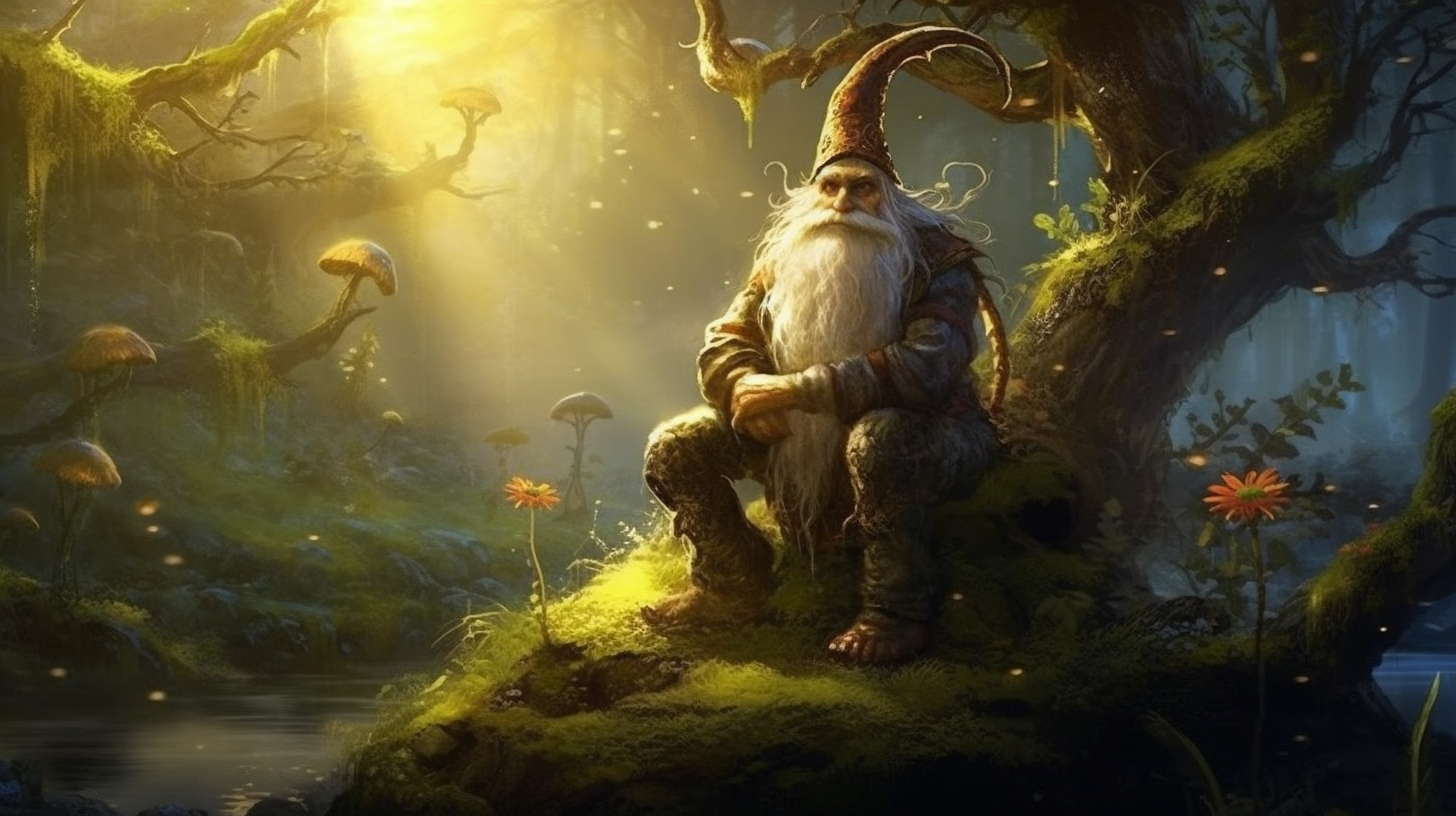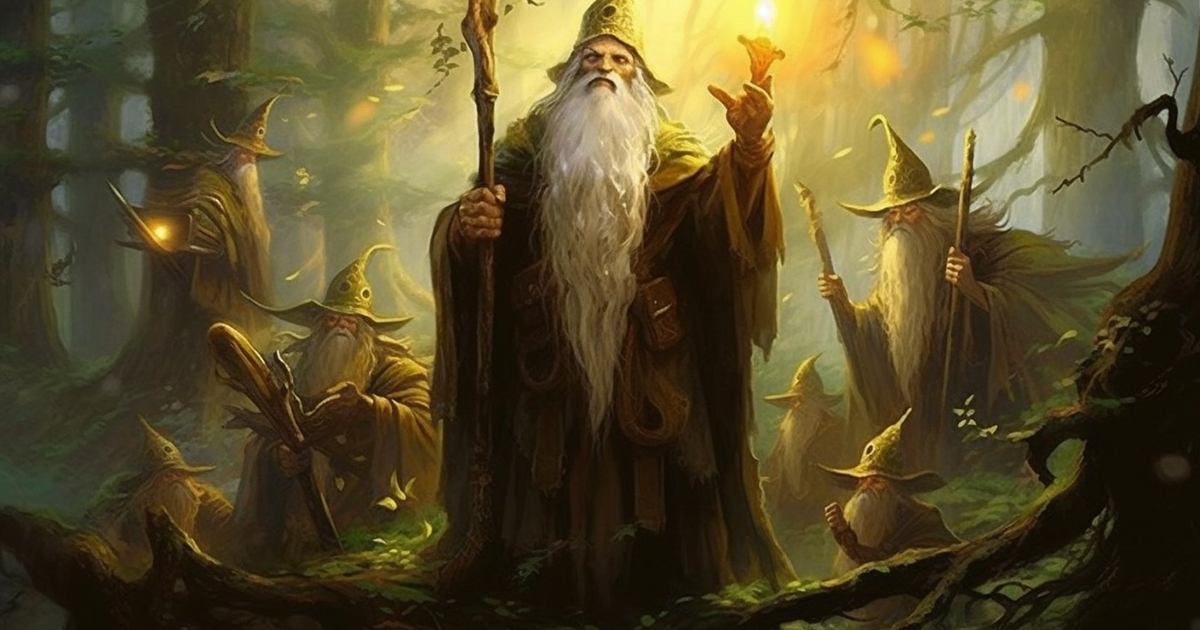Introduction:
Throughout the rich tapestry of European mythology, the realms of elves and dwarves have captivated the imaginations of people for centuries. These diminutive beings, often portrayed as magical and mysterious, have left an indelible mark on folklore, literature, and popular culture. In this article, we delve into the enchanting world of elves and dwarves, uncovering their origins, characteristics, and enduring significance in European mythology.
Origins and Mythological Background:
Elves and dwarves can trace their roots back to the mythologies of various European cultures. In Norse mythology, for instance, the elves (or álfar) were considered divine beings associated with beauty, wisdom, and immortality. They resided in the realm of Alfheim and were often depicted as ethereal, radiant creatures who possessed great magical prowess.

Dwarves, on the other hand, played a prominent role in Norse mythology as skilled craftsmen and smiths. They were associated with the earth and were believed to dwell underground in their subterranean realm. Known for their exceptional craftsmanship, dwarves were often sought after for their ability to forge powerful weapons and exquisite treasures.
Characteristics and Appearances:
Elves and dwarves exhibit distinct characteristics that set them apart from humans and other mythical creatures. Elves are often described as graceful, elegant, and eternally youthful. They possess a deep connection with nature and are known for their affinity with forests, rivers, and meadows. Elves are portrayed as intelligent and powerful beings, capable of bestowing blessings or curses upon mortals.
Dwarves, on the other hand, are depicted as stout and sturdy creatures, typically shorter in stature than humans. Known for their exceptional craftsmanship, they are often portrayed with long beards and strong, muscular bodies. Dwarves are associated with mining, metalworking, and the creation of magnificent artifacts. Their legendary skill with the hammer and anvil is unmatched, making them indispensable in mythological tales.
Interaction with Humans:
Elves and dwarves have a complex relationship with humans in European mythology. While elves are generally depicted as benevolent beings, interacting with humans to offer guidance, protection, or enchantment, dwarves exhibit a wider range of behavior. Some dwarves in mythology are portrayed as helpful and friendly towards humans, sharing their wisdom and gifts. Others, however, are more mischievous or even antagonistic, testing the courage and wit of those who encounter them.

Legacy and Cultural Significance:
The enduring appeal of elves and dwarves can be witnessed in the lasting impact they have had on European culture. From ancient sagas and folklore to renowned literary works, such as J.R.R. Tolkien’s “The Lord of the Rings,” these mythical beings have inspired countless tales of magic, adventure, and heroism. Their representation in modern fantasy literature, films, and games continues to captivate audiences worldwide.
Beyond their influence in popular culture, the realms of elves and dwarves hold symbolic significance as well. Elves, with their ethereal beauty and connection to nature, embody harmony, grace, and the mystical aspects of existence. Dwarves, with their unmatched craftsmanship and dedication, represent hard work, perseverance, and the rewards of skillful labor.
Conclusion:
Elves and dwarves, with their mythical allure and otherworldly attributes, have become iconic figures in European mythology. Whether portrayed as guardians of nature or master artisans, these captivating beings continue to fascinate us with their timeless tales. Their impact on literature, art, and popular culture showcases the enduring power of mythological traditions, reminding us of the enduring allure of the fantastical and the magical in our lives.
